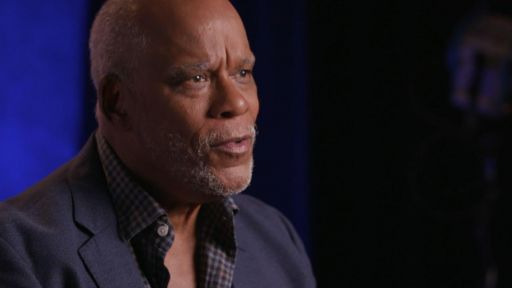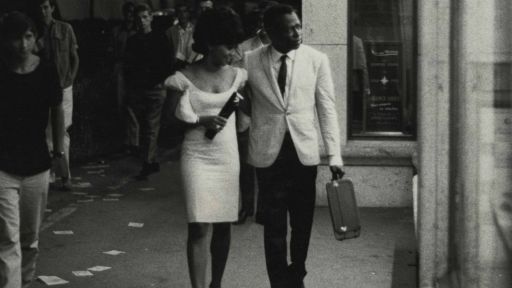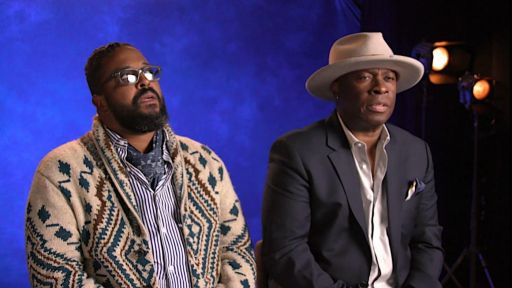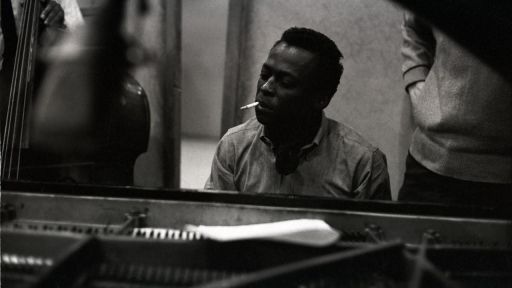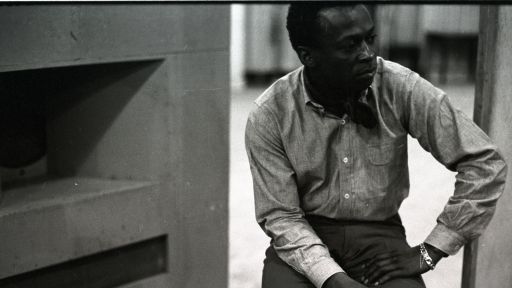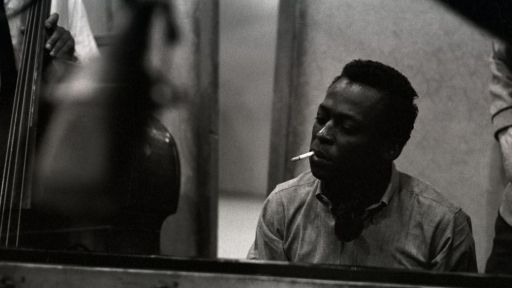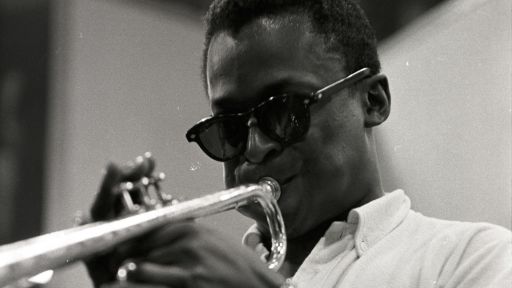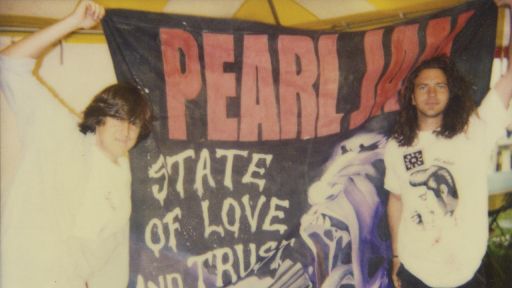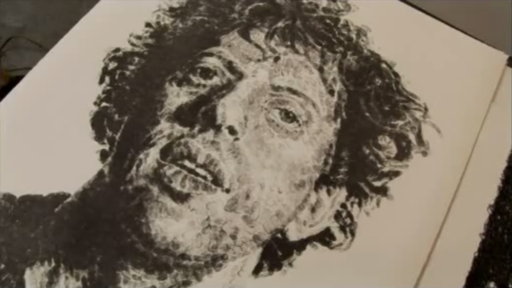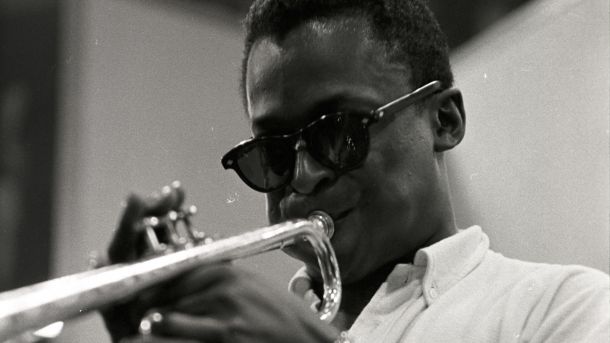
Miles Davis, Round Midnight Recording Session June 1956, Credit: Photographer Don Hunstein/Sony Music Archives.
The great jazz trumpeter and composer Miles Davis went through multiple artistic transformations throughout his life, remaking his sound, his creative process, his bands, and even the clothes he wore. The early music he recorded sounds very different from the music he made toward the end of his life, with many variations in between. Even if you’ve never held a trumpet, Miles Davis’s life contains lessons in innovation that any of us can use:
1. Surround yourself with people different from yourself
As a brilliant talent from a young age, Miles Davis found himself performing with great musicians early in his career, such as bandleaders Eddie Randle and Billy Eckstine, Charlie Parker, and trumpeter Dizzy Gillespie. As an established adult, he came full circle by regularly including great young musicians in his bands. Later in his career, he performed with diverse musicians in different genres of music. Jazz drummer Jimmy Cobb said that he:
“…hung out with Sly & the Family Stone. Sly was telling about how much money he made. And Miles said, ‘What? What?’ So after that, Miles kind of changed his stuff up, he just kept progressing.”
2. Choose great colleagues, and then give them freedom
The great jazz pianist and composer Herbie Hancock recalled:
“Miles wanted us to live on the stage in front of the people, creating in front of the people. In other words, don’t lean on what you know, what he was looking for is the stuff that you don’t know. Miles even told us, ‘I pay you to practice on the bandstand in front of the people.'”
Saxophonist Wayne Shorter remembers that even during recording sessions rehearsals were not part of the process: “Just no rehearsal, just looked at the music, went over it a little bit and then recorded.”
The seminal album “Kind of Blue” was recorded without rehearsal, and the results were so great that he used the same methodology on a marathon recording session he did later on to fulfill his obligation to Prestige Records:
“I brought in these musical sketches that nobody had seen, just like I did on “Kind of Blue.” I told the musicians that they could do anything they wanted, play anything they heard, so that’s what they did.”
3. Embrace the silver lining when things don’t go as expected
When the soon-to-be iconic saxophonist John Coltrane had left the Miles Davis Quintet to concentrate on his own career, Davis was disappointed but also saw opportunity:
“In the last years that ‘Trane was with my group, he started playing for himself. When that happens the magic is gone out of a band and people who used to love to play together start not caring anymore. And that’s when a band falls apart. I’d be lying if I said that that didn’t make me sad, because I really loved playing with this band and I think it was the best small band of all time, or at least the best I had heard up until then. I had always been looking for new things to play, new challenges for my musical ideas. Now it was time for something different.”
4. Be true to yourself
Marguerite Cantu, who was in a relationship with Miles, said:
“I think Miles was definitely, without a doubt, the most unique person I’ve ever known. He did things totally in a different way than everybody else. He looked at things differently, saw things differently. You have to be true to yourself and I think a lot of that was his philosophy.”
Miles Davis: Birth of The Cool is streaming now on our website and on the PBS app.



